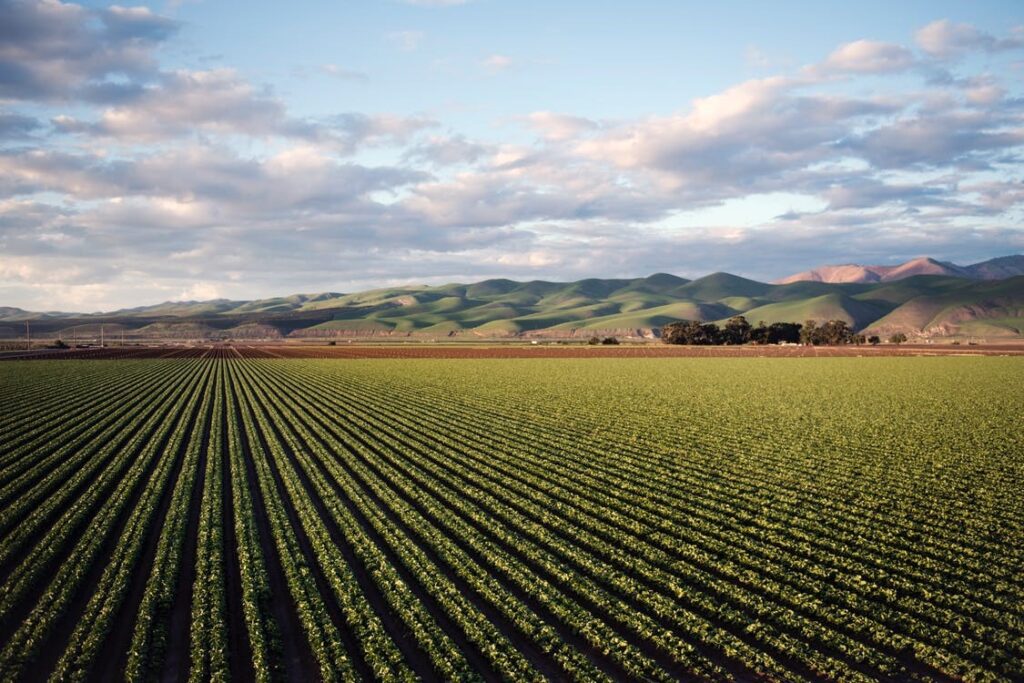Could humans give up meat “en masse” in the foreseeable future? Perhaps not. While there may be some excellent reasons for giving up meat, it may be more important to find attractive ways of replacing meat in the future and thus minimize consumption generously.
We are closer to this shift than most people can imagine, technologically speaking. However, in addition to further needed innovation, the alternative protein industry also needs over time governments to be in a leading position to offer incentives and dedicated resources towards this mission. In the same ways as it is being done for electric cars, new energies or other pending megatrends.
There is no reason to challenge urgency
According to the U.N. Environmental Program, animals will be responsible for 75 percent of emerging infectious diseases that affect humans in the future. According to the study, there are seven main causes of these emerging animal-to-human diseases. Ezra Klein, a New York Times opinion columnist, lists three of them in his column “Let’s Launch a Moonshot for Meatless Meat”:
- The first factor is the rising market for animal protein. People consume more meat as they get wealthier. Global meat demand has more than quadrupled since 1961, rising from 71 million tonnes to more than 340 million tonnes. In China, meat consumption per person has more than doubled since 1990.
- The second driver is animal husbandry’s “intensification”. The more beef we eat, the more cattle there are to raise. Only a few farmers left who grow livestock in the manner of our forefathers, with reverence for their lives and the soil. Animals have been transformed into living robots to obtain the amount of meat we want. They are bred to gain weight easily and are housed in vast factory farms.
- The third catalyst combines the environmental consequences with the health hazards of animal agriculture. Meat and dairy products have just 18% of the global calorie supply and 37% of the global protein supply. However, agriculture occupies about half of all fertile land on the planet, with livestock accounting for more than 75% of that total. This increases our chances of getting sick. We further infiltrate into the wilderness, exposing both our domesticated animals and ourselves to new pathogens. The food supply chain is responsible for about a fifth of global greenhouse gas emissions. Animal production accounts for about three-quarters of these emissions and approximately 90% of the average American diet emissions.
Every year, an estimated 70 billion land animals are raised and slaughtered for food, most of them are chickens. Animals are treated as if they were simply agricultural input. “Cheap meat isn’t always cheap,” writes Klein in his column. Currently, “only” the animal bears the direct cost of our meat-hungry society, indirect costs are not factored in. If we were able to create meat without causing suffering to animals, the ecosystem, or the climate, it would be one of our most outstanding achievements.
Optimism because of innovations
The industry’s current excitement is technology: remarkable improvement has been made with plant-based meat (into generation 2, away from Saitan and Tofu) in recent years, as shown by the popularity of Beyond Meat, Impossible Foods or Like Meat – the same is valid for dairy products. The next move, with some time to go, is cultured meat, which is meat grown directly from animal cells. Eat Just has opened a restaurant in Singapore where you can eat lab-grown chicken. It is not shocking that it tastes like chicken because that is exactly what it is.
It takes some decent commitment to continue to promote creativity in this section. Private investors are dedicated to do so, to help shaping and accelerating this market. However, existing funds lack a broader effort to be wisely employed, and you can only find a small number of strong groups like the Swiss-based Blue Horizon Group to fit concentrated efforts into a proper frame.
Regulators shall start to play a role, and you can argue that the Environment bill does not focus a lot on alternative proteins, neglecting the impact of our food system on climate change. The direction or the framework is more important than only funding to lift protein substitution to the next level.
Advocating alternative proteins does not imply an expectation of making everyone vegan or judging carnivores, it is more about creating awareness and a path to action. Mass animal proteins, i.e. meat being the cheapest protein you can find in your retail store simply doesn’t make sense.
Further interesting articles



